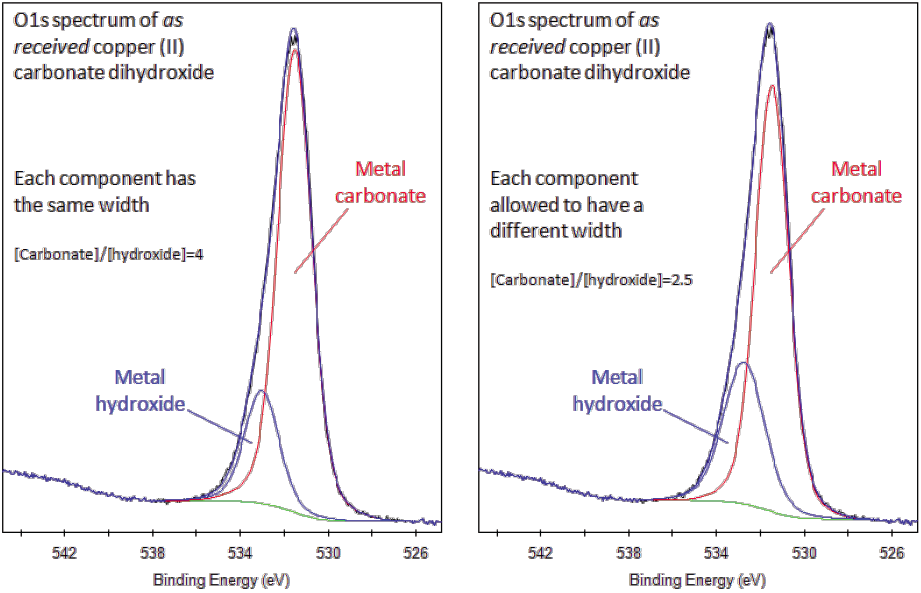


The greater photon energy allows the excitation of additional, higher binding energy core lines for a number of elements as detailed in Table 1. A significant advantage of this is the ability to use the same monochromator mirror for both photon energies, using second order diffraction of the same quartz crystals. The photon energy of Ag Lα is 2984.3 eV, approximately twice that of Al Kα (1486.6 eV). By changing the anode material to silver, Ag Lα X-rays can be used to excite photoelectrons. The use of high energy X-ray sources gives rise to the acronym hard X-ray photoelectron spectroscopy, HAXPES.
INDIUM XPS PEAK FREE
The relationship between photoelectron KE and their mean free path is shown in Figure 1.įigure 1: Photoelectron mean free path as a function of electron KE with a ‘universal’ curve fitted through the data points. based excitation sources the information depth from which the photoelectrons are detected is up to 10 nm, although it is noted that this is dependent on their KE. Those that lose some energy but still escape to potential of the surface contribute to the inelastically scattered photoelectron background. Only photoelectrons that are elastically scattered, and therefore have not lost energy, contribute to the photoelectron peak. The surface sensitivity of XPS is derived from the attenuation of the photoelectrons as they travel through a material. It is these shifts, typically between 0.1 – 10 eV from the pure elemental state, that provide the chemical information for a material. The chemical environment of that element can cause small perturbations or chemical shifts to the core level binding energy. In the photoemission process, the binding energy of a photoelectron peak is characteristic of the electronic energy levels of the element. An implication of this equation is that the highest BE core level electron that can be ejected from a material is dependent on the energy of the photon source used. Where hν is the photon energy and Φ is the work function of the spectrometer. The spectrometer measures the kinetic energy (KE) of photoelectrons ejected from a material under the irradiation of X-rays, allowing the binding energy (BE) of the photoelectrons to be calculated using the following equation: based instruments are Al Kα or Mg Kα which provide photons with 1486.6 eV and 1254.6 eV energy respectively. X-ray photoelectron spectroscopy (XPS) is the most widely used surface analysis technique for materials characterisation.


 0 kommentar(er)
0 kommentar(er)
